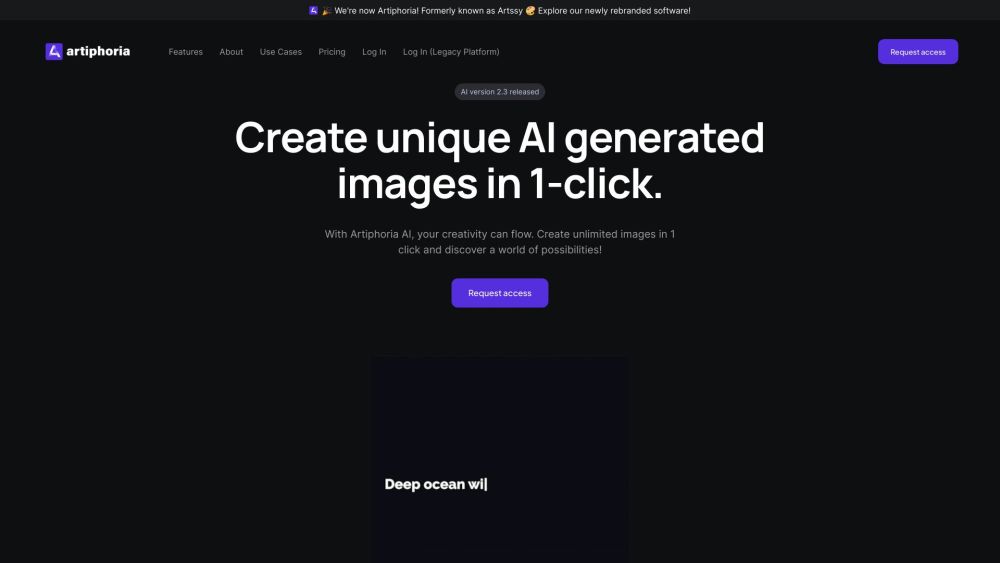SUSE, the esteemed open source company based in Luxembourg, has established a solid reputation in European IT circles but has struggled to gain traction in the U.S. market, where rivals like Red Hat and Canonical dominate. However, similar to other players in the cloud sector anticipating a transformation through AI, SUSE hopes that its AI initiatives will create new opportunities in the competitive U.S. landscape. On Tuesday, the company will unveil its AI strategy and introduce SUSE AI solutions, a versatile generative AI platform that is independent of any specific vendor or large language model (LLM).
Before the announcement, I had the opportunity to speak exclusively with SUSE CEO Dirk-Peter van Leeuwen, a former Red Hat executive, and Pilar Santamaria, the recently appointed VP of AI. Our discussion centered on the new platform and SUSE's broader strategies concerning AI and the open source framework.
“Our vision at SUSE is to harness the limitless potential of open source for enterprise applications,” van Leeuwen, who took the helm in March 2023, shared. “We believe that the open source model is uniquely capable of evolving at an unprecedented pace thanks to its exponential and iterative nature. Its openness allows users to repurpose technology in ways the original developers may not have intended. This dynamic is evident in the evolution of the internet and AI, where open source plays a pivotal role. However, enterprise customers require more than just code access; they also need robust support, security, and assurance that their solutions will be sustained over the long term.”
The need for long-term support motivated SUSE to fork CentOS in response to Red Hat’s changes to its development approach for the popular Linux distribution last year. This decision has led to a “tremendous uptick” in migration from former CentOS users to SUSE’s version, van Leeuwen noted. “Customers appreciate the opportunity to switch vendors without altering their software—like changing a SIM card to access a different mobile network,” he explained. “This flexibility is exclusive to open source, and that’s a key benefit we aim to deliver.”
He added that many enterprises are now evaluating SUSE’s comprehensive suite of offerings, including its core Linux solutions as well as its Kubernetes service, Rancher, and security tool, NeuVector—both of which were acquired under former CEO Melissa Di Donato. As companies seek to streamline platforms, this consolidation becomes a significant advantage. However, van Leeuwen acknowledged that SUSE's history of ownership changes has affected its market positioning.
“SUSE has consistently demonstrated excellence,” he stated. “The challenge has been navigating numerous acquisitions, which often lead to management shifts and operational resets. And in a rapidly advancing market, that can be detrimental.” He noted that while SUSE has excelled in its partnerships with SAP, successfully expanding in Europe, the U.S. remains a complex challenge.
“The SUSE brand awareness in the U.S. is still developing, and that’s an area we’re actively addressing. Many U.S. customers are not even aware of SUSE’s existence, and our name can be a challenge for them to pronounce. While these hurdles aren’t insurmountable, they require our attention, especially since our products and solutions are well-received,” he explained.
He emphasized that Rancher has already established itself as a reputable brand in the U.S., leading the company to integrate this recognition with the broader SUSE identity, encouraging customers to explore beyond Kubernetes products.
AI represents another key area where SUSE sees immense potential for growth. The company positions itself as an essential player in open source infrastructure, with a focus on supporting AI workloads as the next frontier. The newly launched SUSE AI solution—developed with an open source ethos—aims to assist clients in securely deploying AI workloads into production environments. Notably, it allows businesses to utilize their own models or leverage open-weight foundational models like Meta’s Llama.
“Many organizations hesitate to adopt generative AI due to concerns about sharing their data with third-party vendors. They feel stripped of control, and if organizations don’t take charge, their data will dictate the usage,” stated SUSE AI VP Santamaria. For many, compliance issues further complicate this landscape, particularly when vendors cannot guarantee the geographic location of data processing.
According to Santamaria, until now, no open source solution has existed that enables enterprises to operate LLMs in their own cloud or virtual private cloud while maintaining necessary access controls and security requirements. “This is the first market solution that combines these essential components, allowing rapid deployment in minutes rather than days,” she asserted.
She reinforced the importance of allowing users the freedom to deploy models of their choice, which can be fine-tuned or enriched with specific company data through retrieval-augmented generation techniques. However, given the swift pace of industry change, many users want to avoid being locked into a single vendor that may not keep pace with innovation.
The solution is designed to be modular, enabling users to select their preferred vector database to build tailored solutions.
One satisfied customer, Fujitsu, attests to the transformative impact of generative AI. “Generative AI is driving innovation for our clients. Employees are already utilizing generative AI in their personal lives and seek to integrate it into their professional tasks. Our collaboration with SUSE allows us to provide this technology in a secure, reliable environment,” said Udo Würtz, Chief Data Officer of Fujitsu’s European Platform Business. “SUSE is a trusted partner that supports our generative AI strategy with their expertise and commitment to offering choices to our customers.”
SUSE’s AI solution is now available through an early-access program.





